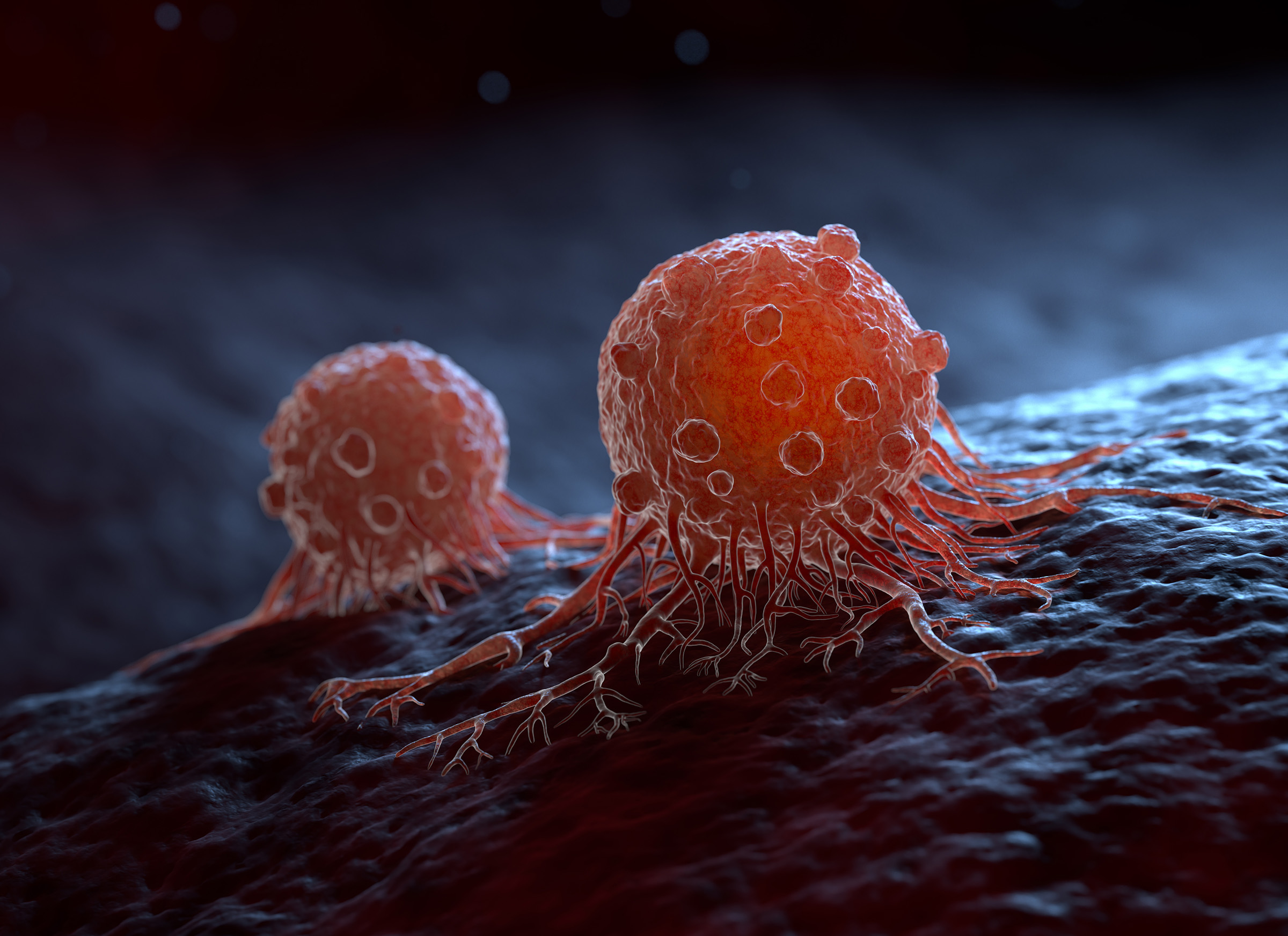Off-the-shelf cancer therapy could be closer than ever
Cancer experts estimate at least 13,820 new cases of invasive cervical cancer will be diagnosed in women in the United States alone in 2024. Of that number, experts estimate roughly 4,360 will die from the disease. But those numbers could soon change, as Japanese scientists have made a huge breakthrough in the push for an off-the-shelf cancer therapy that could help treat cervical cancer.
The breakthrough comes in the form of new research, which the scientists published in Cell Reports Medicine at the end of 2023. Scientists have been working to try to use rejuvenated cytotoxic t lymphocytes (rejTs) to target HPV-specific antigens expressed in cervical cancer cells.
However, one key issue with using this method to create an off-the-shelf cancer therapy is that it just isn’t “clinically feasible in terms of both time and cost,” a press release on the research explains. As a result, the researchers at Juntendo University in Japan started looking for ways to make it more feasible.
The team sought to address one of the biggest roadblocks with using IPSC-derived rejTs. Because those rejTs are created using standardized iPSCs instead of being derived from the patient’s cells, they are often attractive to the body’s natural killer (NK) cells and its CD8+ T lymphocytes.
As such, finding a way to make the rejTs less noticeable to the body’s NK cells is important, and the researchers at Juntendo University may have found a way to do just that. To start, the scientists deleted all HLA class I antigens from the cells. Without those antigens, the cells are able to evade the CD8+ T lymphocytes.
From there, they made a second modification, which could really help pave the way for an off-the-shelf cancer therapy. They used CRISPR to limit the expression of two specific HLA antigens. This allowed the cells to completely avoid the NK cells.
With these two modifications, the treatment could have a better chance of making it to the cells that it needs to actually target. During testing, the researchers pulled off very promising results, and with further clinical testing, we could be closer than ever to finally having a way to treat cervical cancer.
Cancer experts estimate at least 13,820 new cases of invasive cervical cancer will be diagnosed in women in the United States alone in 2024. Of that number, experts estimate roughly 4,360 will die from the disease. But those numbers could soon change, as Japanese scientists have made a huge breakthrough in the push for an off-the-shelf cancer therapy that could help treat cervical cancer.
The breakthrough comes in the form of new research, which the scientists published in Cell Reports Medicine at the end of 2023. Scientists have been working to try to use rejuvenated cytotoxic t lymphocytes (rejTs) to target HPV-specific antigens expressed in cervical cancer cells.
However, one key issue with using this method to create an off-the-shelf cancer therapy is that it just isn’t “clinically feasible in terms of both time and cost,” a press release on the research explains. As a result, the researchers at Juntendo University in Japan started looking for ways to make it more feasible.

The team sought to address one of the biggest roadblocks with using IPSC-derived rejTs. Because those rejTs are created using standardized iPSCs instead of being derived from the patient’s cells, they are often attractive to the body’s natural killer (NK) cells and its CD8+ T lymphocytes.
As such, finding a way to make the rejTs less noticeable to the body’s NK cells is important, and the researchers at Juntendo University may have found a way to do just that. To start, the scientists deleted all HLA class I antigens from the cells. Without those antigens, the cells are able to evade the CD8+ T lymphocytes.
From there, they made a second modification, which could really help pave the way for an off-the-shelf cancer therapy. They used CRISPR to limit the expression of two specific HLA antigens. This allowed the cells to completely avoid the NK cells.
With these two modifications, the treatment could have a better chance of making it to the cells that it needs to actually target. During testing, the researchers pulled off very promising results, and with further clinical testing, we could be closer than ever to finally having a way to treat cervical cancer.
